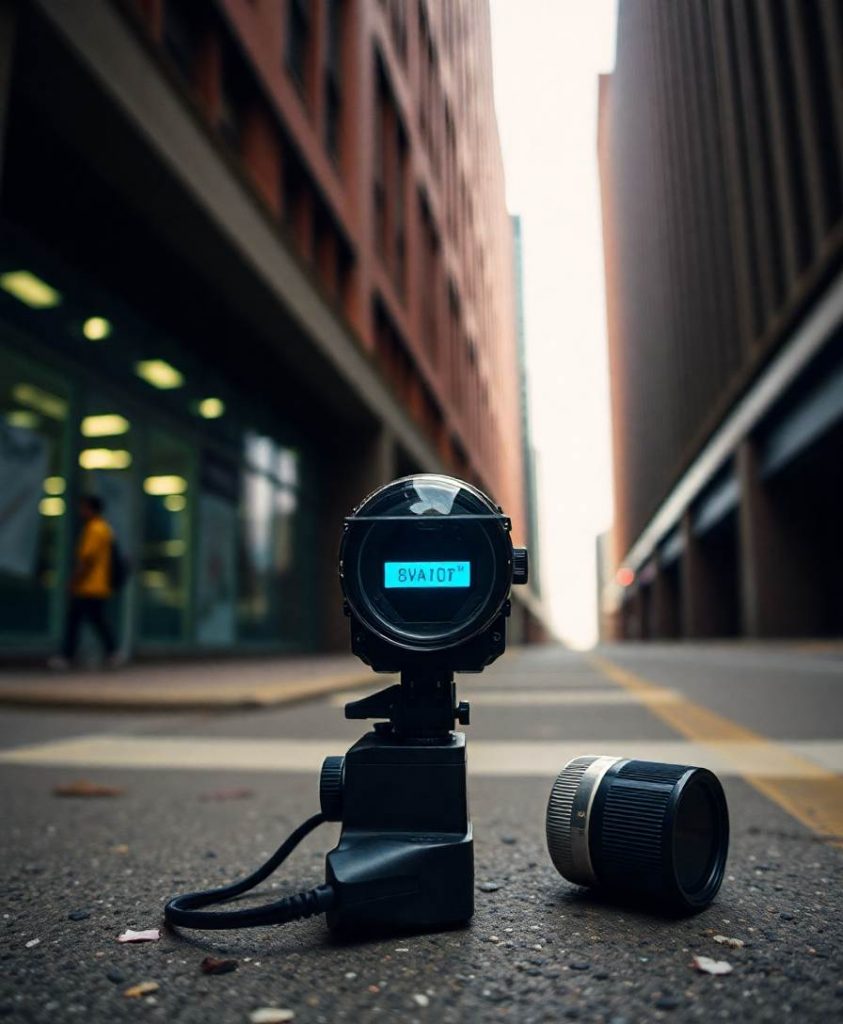In the present paper we discuss how multi-level parallelization reduces the execution times of TeraStitcher, a tool designed to deal with very large images.
%Parallelization has been carried out in such a way that its impact on user interface and software maintenance is negligible.
Two algorithms performing dataset partition for efficient parallelization in a transparent way are presented together with experimental results proving the effectiveness of the approach that achieves a speedup close to 300$times$, when both coarse- and fine-grained parallelism are exploited.
Multi-level parallelization of TeraStitcher led to a significant reduction of processing times with no changes in the user interface, and with no additional effort required for the maintenance of code.




